Cefusa and the UPCT are making advances in slurry treatment, converting it into fertiliser and irrigation water
Cefusa, in cooperation with the Polytechnic University of Cartagena (UPCT), is making progress in slurry treatment, successfully reducing emissions and turning it into fertiliser and irrigation water for agriculture.
Researchers of the Group for the Management, Use and Recovery of Soil and Water at the UPCT have managed to reduce ammonia and greenhouse gas emissions in pig slurry, therefore obtaining a quality organic fertiliser and reusing treated water for irrigation. This was achieved in the investigation carried out by the Class on Sustainable Environmental Management of Pork Production promoted by CEFUSA in order to purify slurry using biofilters.
These results demonstrate a commitment to circular economy, since by-products are transformed into nutrients that increase the fertility of agricultural land. This also implies savings in the use of chemical fertilisers. The researcher in charge, Ángel Faz, of the Department of Agronomic Engineering, highlights that this reduces the carbon footprint.
The State Secretary of the Environment, Hugo Morán, was presented with the details of the research being carried out in the Class on Sustainable Environmental Management of Pork Production a few days ago during his visit to the environmental day held at SEPOR in Lorca.
The UPCT and Cefusa, which is integrated into the holding company Grupo Fuertes, are working together to design the farm of the future and promote more sustainable environmental management through the recovery of farming by-products. The Class was created in 2018.
The livestock company that supplies eLPOZO ALIMENTACIÓN commits to implementing better resource management at its facilities using circular economy and to reducing its carbon footprint and water footprint by treating and recovering by-products generated through its activities.
Cefusa and eLPOZO ALIMENTACIÓN are committed to the safest and most environmentally-friendly models and to applying the latest techniques in order to guarantee the most viable and sustainable solutions for the future of the livestock sector and the rural environment.

